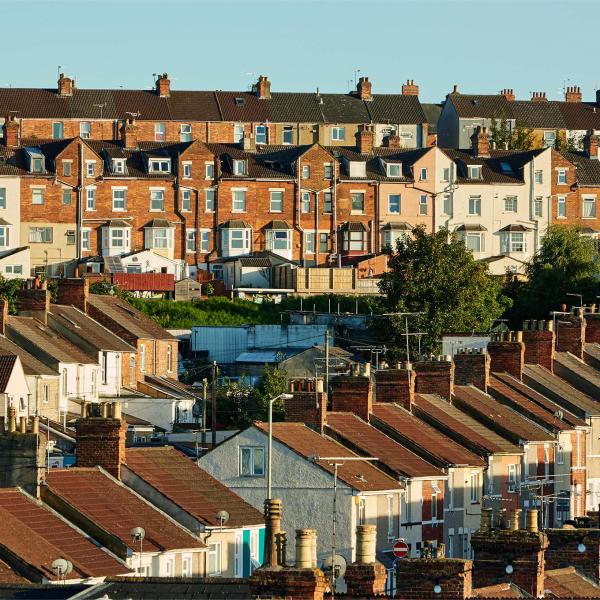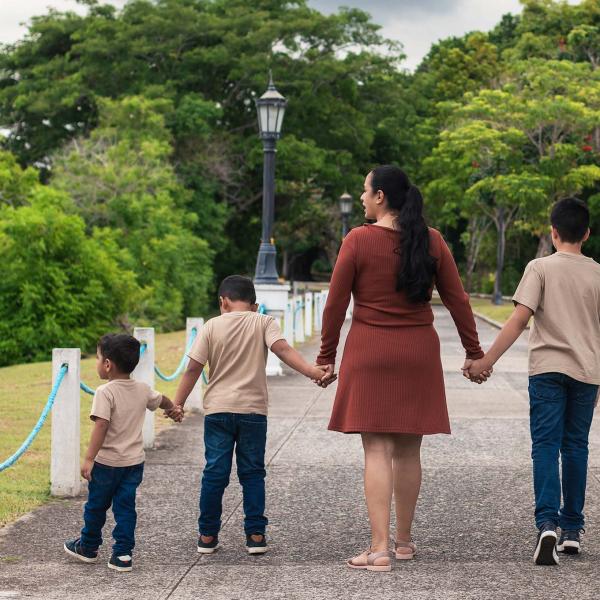The poorest quarter of the population on average spent 21% of their household income on housing costs (rent or mortgage interest) in 2021, compared with only 6% for the richest quarter of the population. This means that the poorest 25% spent 3.5 times more on housing as a fraction of their income than the richest 25%. It is therefore not possible to understand income poverty or inequality without taking account of housing costs.
Indeed in 2021, the relative poverty rate was 17% using incomes measured before deducting housing costs, but 22% using incomes measured after deducting housing costs, meaning 3.4 million more people in relative poverty once you account for housing costs. And the trends are different too – with poverty falling between 2008 and 2021 by 1.4 percentage points on a measure ignoring housing costs but by just 0.5 percentage points if you account for them, a difference equivalent to 550,000 people in terms of today’s population.
These are some of the findings of a new report released today by IFS researchers on housing costs and income inequality in the UK. Other key findings include:
- Measures of poverty that take account of differences in housing costs are more closely aligned with measures of material deprivation and food insecurity. This implies measures that account for housing costs are better at capturing who is actually poor. When incorporating housing costs, 45% of the poorest tenth of the population are materially deprived, compared with 39% when housing costs are not taken account of.
- Measuring income without accounting for housing costs leads to perverse conclusions when looking at the living standards of housing benefit claimants. This is because increases in rents over time have led to higher housing benefit payments, which make low-income households look better off using poverty measures that disregard housing costs, even when their living standards are the same or worse. For example, the rise in rents for private and social rental accommodation from 1997 to 2010 – and the corresponding increase in housing benefit to partially cover that rise – would imply an 11% fall in the number in poverty measured before housing costs, even though their incomes after adjusting for housing costs would have been unchanged or reduced.
- If you don’t take account of housing costs, you understate the proportion of families with children who are poor, and overstate the proportion of pensioners – most of whom are outright owners with very low housing costs – who are poor. Not accounting for housing costs, the relative poverty rate for children in 2019 (23%) was only a little above that for people aged 65+ (20%). But accounting for housing costs, the relative child poverty rate was 31%, compared with only 18% for people aged 65+. Regional differences are important too: if you don’t account for housing costs, the relative poverty rate in London is 16%, but accounting for housing costs it is 27%.
Tom Wernham, a Research Economist at IFS and one of the authors of the report, said:
"As a fraction of their income, people on lower incomes spend substantially more on housing costs than richer people. Measures of income poverty that take housing costs into account provide a more reliable picture of poverty than those that disregard housing costs. But the government produces a range of headline poverty statistics, including ones that account for, and ones that disregard, housing costs. This can be confusing. Now more than ever, with rising mortgage interest rates and rising private rents for new lets, we need to take account of these housing costs and how they affect people’s disposable incomes. Otherwise, we will fail to identify which people in which parts of the country are facing the greatest difficulty regarding their incomes and material living standards."










